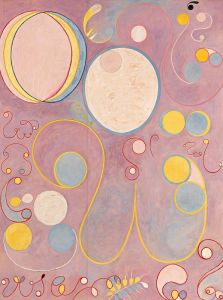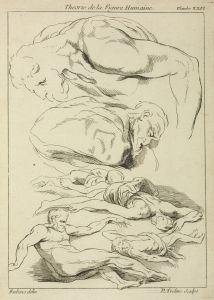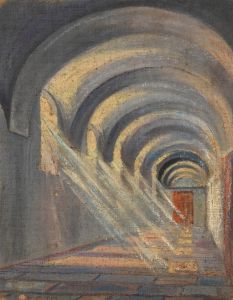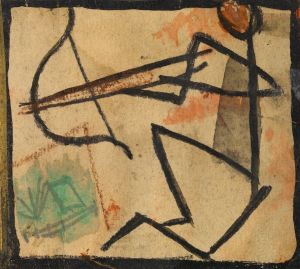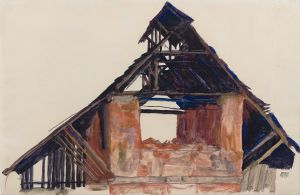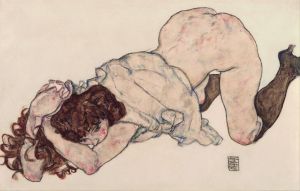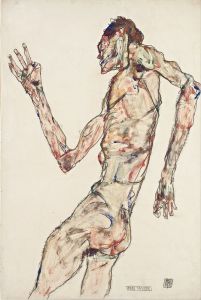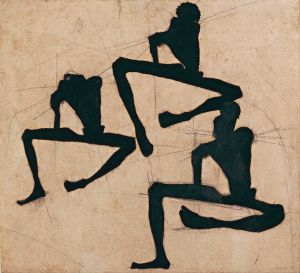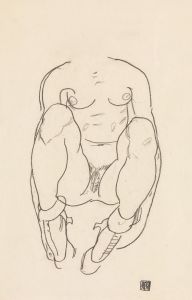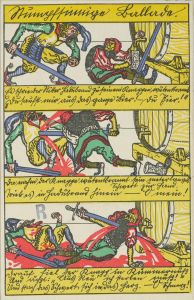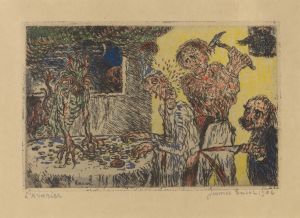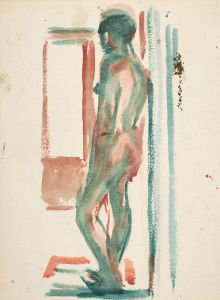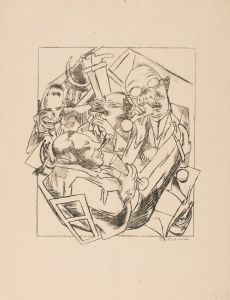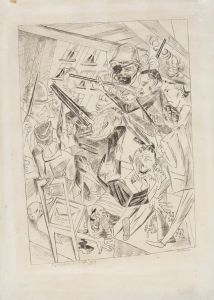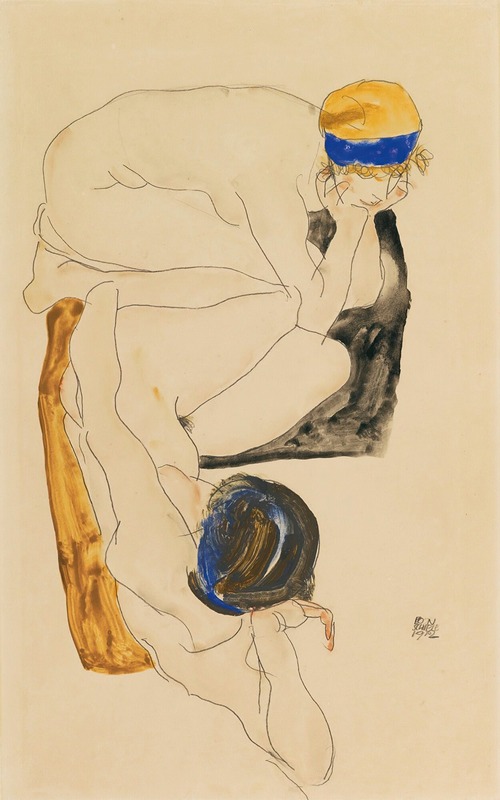
Two Reclining Figures
A hand-painted replica of Egon Schiele’s masterpiece Two Reclining Figures, meticulously crafted by professional artists to capture the true essence of the original. Each piece is created with museum-quality canvas and rare mineral pigments, carefully painted by experienced artists with delicate brushstrokes and rich, layered colors to perfectly recreate the texture of the original artwork. Unlike machine-printed reproductions, this hand-painted version brings the painting to life, infused with the artist’s emotions and skill in every stroke. Whether for personal collection or home decoration, it instantly elevates the artistic atmosphere of any space.
Egon Schiele, an Austrian painter known for his distinctive style and provocative subject matter, created "Two Reclining Figures" in 1911. This work is a testament to Schiele's exploration of the human form and his ability to convey intense emotion and psychological depth through his art. Schiele was a protégé of Gustav Klimt and a key figure in the early 20th-century Austrian art scene, associated with the Expressionist movement.
"Two Reclining Figures" exemplifies Schiele's characteristic use of line and color to depict the human body in a raw and unidealized manner. The painting features two figures, likely female, lying in a seemingly intimate and relaxed pose. Schiele's approach to the human figure often involved exaggerated poses and a focus on the skeletal and muscular structure, which is evident in this work. His use of bold, expressive lines and a limited color palette creates a sense of immediacy and intensity.
The painting reflects Schiele's interest in exploring themes of sexuality, identity, and the human condition. His work often challenged societal norms and conventions, which sometimes led to controversy and criticism during his lifetime. Schiele's portrayal of the human body was often seen as provocative, and he faced legal issues due to the perceived indecency of some of his works. Despite this, he continued to push boundaries and develop his unique artistic voice.
Schiele's technique in "Two Reclining Figures" involves a combination of watercolor and gouache, mediums that allowed him to achieve a certain fluidity and transparency in his work. This choice of medium contributes to the ethereal and dreamlike quality of the painting, while also highlighting the vulnerability and fragility of the human form. The figures are rendered with a sense of immediacy, capturing a fleeting moment in time.
The composition of "Two Reclining Figures" is both intimate and confrontational. The figures are positioned in a way that draws the viewer's eye across the canvas, creating a dynamic interplay between the two bodies. Schiele's use of negative space and the positioning of the figures suggest a tension between connection and isolation, a recurring theme in his work.
Egon Schiele's career was tragically cut short by his untimely death in 1918 at the age of 28, due to the Spanish flu pandemic. Despite his brief career, Schiele left a lasting impact on the art world, influencing future generations of artists with his innovative approach to the human figure and his exploration of complex psychological themes.
"Two Reclining Figures" remains an important example of Schiele's work, showcasing his ability to capture the essence of the human experience with honesty and intensity. Today, Schiele's works are celebrated for their emotional depth and technical mastery, and they continue to be studied and admired by art enthusiasts and scholars around the world.





